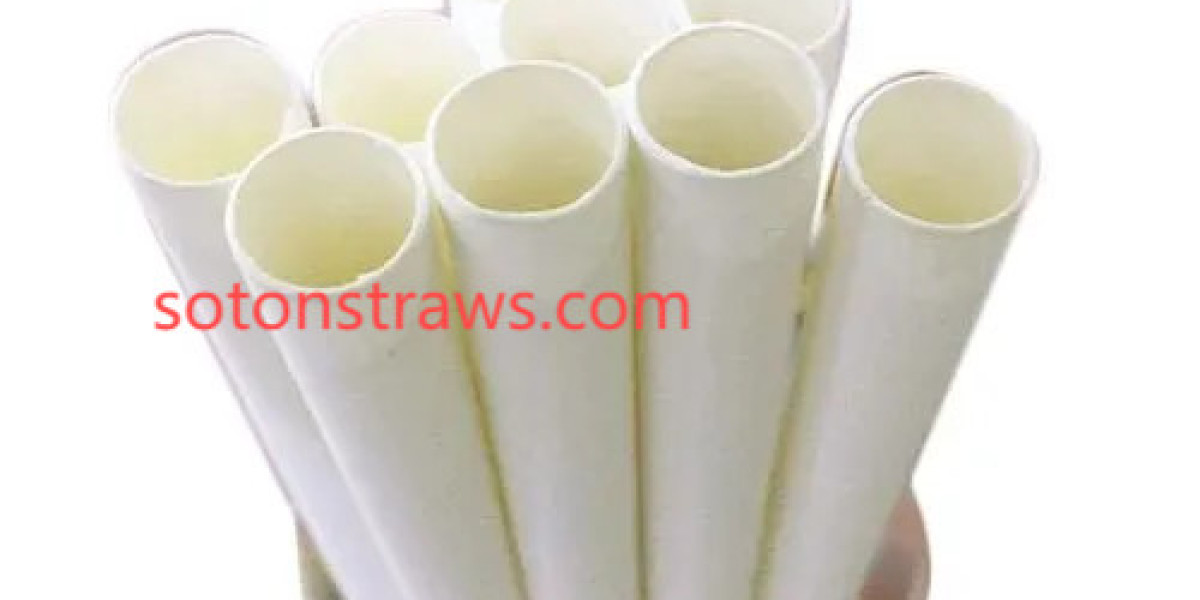Medium-density fiberboard (MDF) is a popular material for interior trim and decorative mouldings thanks to its affordability, workability, and smooth finish. However, questions often arise about its durability during transportation. Whether products are shipped from manufacturers to retailers or moved to job sites, understanding the physical resilience of MDF Framing Moulding products during transit is essential.
Material Composition and Fragility
MDF is manufactured by compressing wood fibers with resin under high pressure and heat. This process creates a uniform material with consistent density, ideal for cutting and painting. However, this homogeneity can be a double-edged sword. While it ensures smooth edges and a fine finish, it also means that the material lacks the grain structure that gives natural wood its resistance to splitting and shock.
As a result, MDF is inherently more brittle than solid wood, particularly at the edges. Long, thin moulding strips are especially prone to cracking or snapping if subjected to bending forces or accidental drops during transit. Although not necessarily delicate, these products do require careful handling to avoid damage.
Temperature and Humidity Effects
Another factor affecting transportation resilience is environmental exposure. MDF is sensitive to moisture and humidity. If improperly sealed or inadequately packaged, exposure to humid conditions can cause swelling or warping. This can be particularly problematic if the transportation route includes areas of high humidity or sudden temperature fluctuations. Even short periods of condensation inside containers or trucks can affect the shape and structural integrity of the product.
While MDF products are often treated with a protective coating or film, these treatments may not fully prevent moisture absorption during extended or poorly controlled shipping conditions.
Packaging and Handling Practices
The risk of damage can be significantly reduced with appropriate packaging and handling. Most manufacturers and distributors package moulding products in bundles with protective wrapping, edge guards, and cardboard or foam reinforcement. In professional settings, crates or pallets are often used to prevent the mouldings from shifting or becoming compressed under weight.
Furthermore, ensuring that mouldings are stacked flat, not leaning at an angle, can help prevent warping. Gentle lifting and securing the bundles in transport vehicles are also critical to avoid bending or impact damage.
Recommendations for Safe Transit
To minimize the likelihood of breakage or deformation, it is recommended to:
Use protective edge guards for longer moulding pieces.
Avoid exposing the materials to extreme temperature or moisture conditions.
Stack horizontally and support evenly across the length to prevent sagging.
Limit handling during loading and unloading to reduce accidental drops or pressure points.
Conclusion
While MDF Framing Moulding is not excessively fragile, its structural characteristics do make it more susceptible to damage compared to natural wood if mishandled during transportation. With proper packaging, moisture control, and mindful loading practices, it is entirely possible to transport these products safely. The key lies in anticipating environmental challenges and minimizing mechanical stress during each stage of the journey.
Molding Use: Picture Frame
Material: PS
Color: Light Grain
Width: 2cm
Height: 1.6cm
Robbet: 1.1cm
Length: 3m



